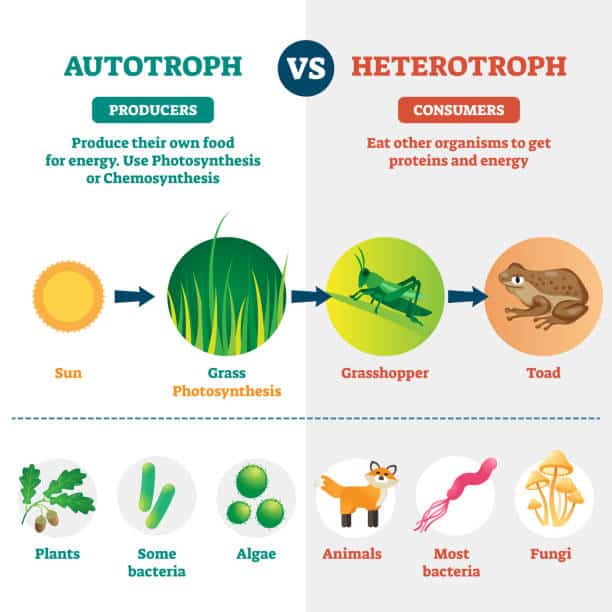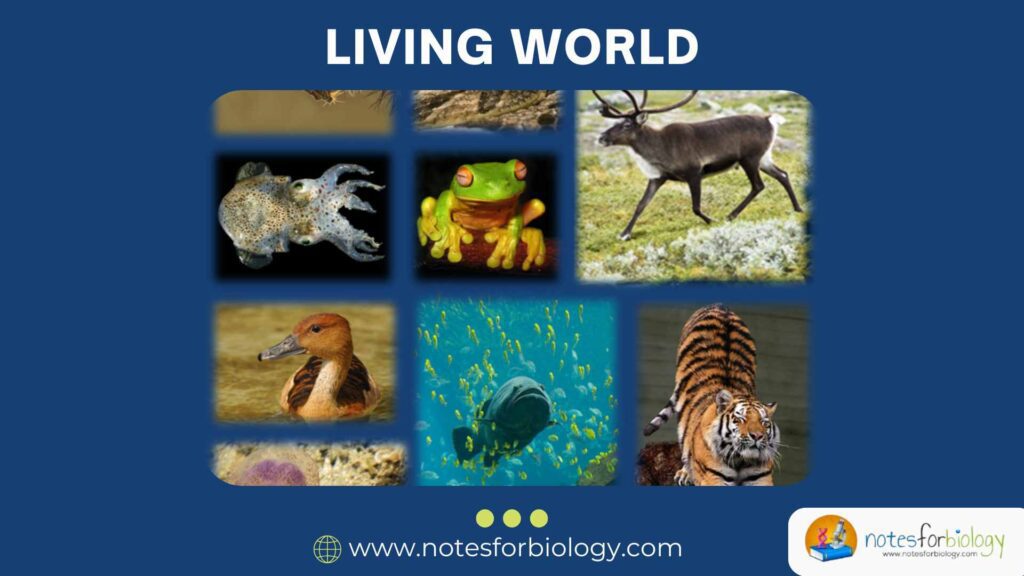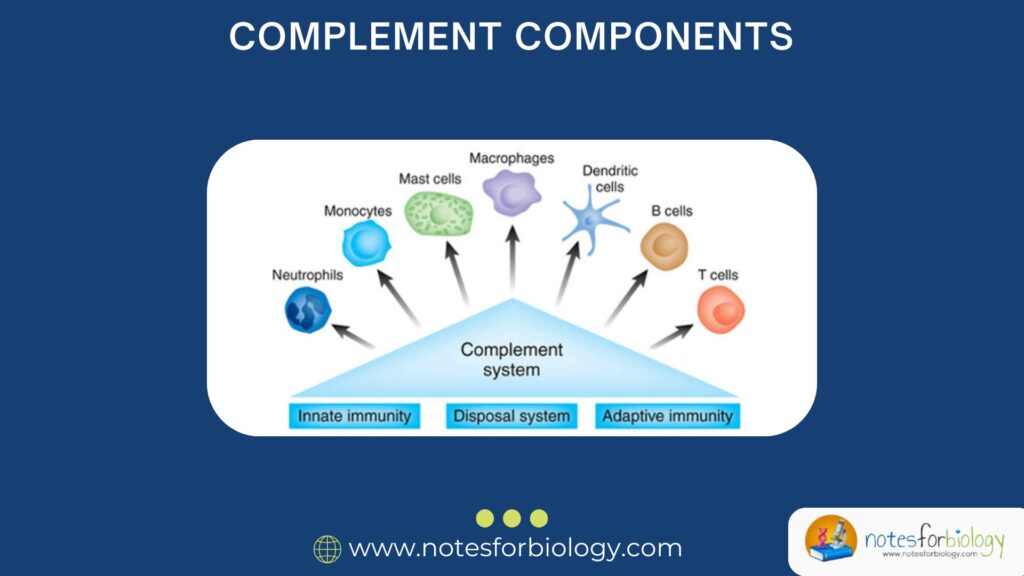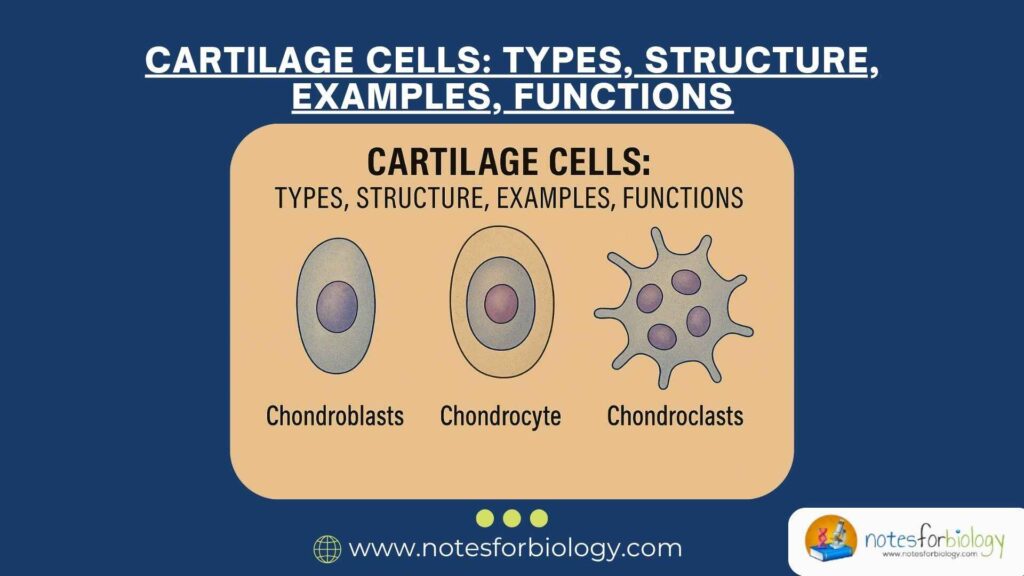Nutrition is a vital biological process through which living organisms obtain and utilize food to support various life processes, including growth, energy production, tissue repair, and reproduction. Food provides organisms with essential substances known as nutrients, including carbohydrates, proteins, fats, vitamins, minerals, and water, which are necessary for survival.
Without nutrition, no living organism can perform essential life activities such as respiration, movement, cell repair, reproduction, and maintaining the body’s internal balance.
Table of Contents
Importance of Nutrition
Nutrition plays a very important role in maintaining good health and overall well-being. It is the process by which our body gets the food and nutrients it needs to grow, stay strong, and work properly. A balanced diet that includes carbohydrates, proteins, fats, vitamins, minerals, and water helps provide the energy needed for daily activities and supports growth and development, especially in children and young people
It plays a crucial role in:
- Providing energy for daily activities.
- Supporting growth and development.
- Repairing and maintaining tissues and organs.
- Enhancing immune function to resist diseases.
- Assisting in the proper functioning of physiological processes like heartbeat, breathing, and digestion.
Process of Nutrition
The process involves several steps by which organisms obtain food, convert it into simpler absorbable forms, and utilize it for body functions. Though the method of obtaining and processing food varies among organisms, the basic processes remain similar in purpose.
The key stages involved are:
- Ingestion: The act of taking in food.
- Digestion: Breaking down complex food substances into simpler, absorbable forms.
- Absorption: Transporting digested nutrients into the cells or bloodstream.
- Assimilation: Utilizing absorbed nutrients for growth, energy, and repair.
- Egestion: Removal of indigestible or waste materials from the body.
Different organisms follow different processes and systems based on their structure and habitat, giving rise to various modes of nutrition.
Modes of Nutrition
The mode of nutrition refers to the specific way organisms obtain and utilize food. Based on this, all living organisms are classified into two broad groups: autotrophs and heterotrophs.
Autotrophic Nutrition (Self-nourishing)
Definition:
In autotrophic nutrition, organisms prepare their own food using simple inorganic substances like carbon dioxide and water, generally with the help of an external energy source such as sunlight.
How it works:
Most autotrophs, like green plants, use a process called photosynthesis. In this process, green plants use chlorophyll (the green pigment in leaves) to capture sunlight. They combine carbon dioxide from the air and water from the soil to make their own food in the form of glucose (a type of sugar). Oxygen is released as a by-product during this process.
Importance:
Autotrophs are very important because they are the producers in the food chain. They provide food and oxygen for other living beings on Earth.
Characteristics:
- Synthesize complex organic substances from simple inorganic materials.
- Require light-absorbing pigments like chlorophyll.
- Produce food through photosynthesis or chemosynthesis.
- By-products like oxygen are released (in photosynthesis).
Types of Autotrophic Nutrition
Photosynthetic Autotrophs
Photosynthetic autotrophs are organisms that produce their own food using sunlight through the process of photosynthesis. These organisms absorb carbon dioxide from the air and water from the soil, and, with the help of chlorophyll, convert them into glucose using sunlight as the energy source. Oxygen is released as a by-product during this process. Photosynthetic autotrophs include green plants, algae, and cyanobacteria, which play a crucial role in maintaining the balance of oxygen in the atmosphere and serving as the base of most food chains.
Chemosynthetic Autotrophs
Chemosynthetic autotrophs are organisms that obtain energy for food production by oxidizing inorganic substances such as ammonia, nitrates, or hydrogen sulfide, instead of relying on sunlight. This process is known as chemosynthesis and is usually found in certain bacteria, including Nitrosomonas and Nitrobacter. These bacteria are typically found in environments where sunlight is absent, such as deep-sea vents, soil, and hot springs, and play a significant role in nutrient recycling within ecosystems.
Process of Photosynthesis (in Green Plants):
Photosynthesis is the process by which green plants make their own food using sunlight, carbon dioxide, and water in the presence of chlorophyll. The main raw materials required for this process are carbon dioxide, which plants absorb from the air through tiny pores in their leaves called stomata, and water, which is absorbed by the roots from the soil. Sunlight acts as the energy source, while chlorophyll, the green pigment in leaves, captures this sunlight.
Main steps:
The process of photosynthesis involves several important steps.
- Absorption of sunlight by chlorophyll.
- Splitting of water into hydrogen and oxygen (photolysis).
- Combination of hydrogen with carbon dioxide to form glucose.
- Release of oxygen into the atmosphere.
Heterotrophic Nutrition (Dependent on others)
Definition:
In heterotrophic nutrition, organisms cannot synthesize their own food and depend on other organisms for their nutritional needs.
How it works:
Heterotrophs either eat plants, animals, or both to get the nutrients they need for survival. They digest this food to absorb nutrients for energy, growth, and repair.
Examples of Heterotrophs:
- Humans, Animals, Fungi, Some bacteria, Non-green plants like mushrooms and Cuscuta
Importance:
Heterotrophs help maintain the balance in nature by consuming food, decomposing waste materials, and forming the next level in the food chain.
Characteristics:
- Obtain food in ready-made form.
- No photosynthesis; lack chlorophyll.
- Rely on plants, animals, or decaying organic matter.
Types of Heterotrophic Nutrition:
Holozoic Nutrition
Holozoic nutrition is a type of heterotrophic nutrition in which organisms take in solid or liquid food, which is then processed inside their bodies. The process involves several steps: ingestion (taking in food), digestion (breaking down food into simpler forms), absorption (transfer of digested nutrients into the bloodstream), assimilation (using these nutrients for growth, repair, and energy), and egestion (removal of undigested waste materials from the body). This mode of nutrition is commonly observed in humans and many animals such as dogs, fish, and lions, which rely on a variety of plant and animal-based food sources.
Saprophytic Nutrition
Saprophytic nutrition is a method by which certain organisms obtain nutrients by feeding on dead and decaying organic matter. These organisms secrete digestive enzymes into their surroundings, which break down complex organic materials into simpler, soluble substances. These simpler nutrients are then absorbed by the organism. Saprophytic nutrition is commonly found in fungi like mushrooms and bread mold, as well as in certain bacteria. These organisms play a vital role in the decomposition process and in recycling nutrients within ecosystems.
Parasitic Nutrition
Parasitic nutrition occurs when an organism, called a parasite, lives either inside or on the surface of another living organism, known as the host, and derives nutrients directly from it. The parasite benefits from this relationship while often harming the host by causing diseases or depriving it of nutrients. Parasitic nutrition is seen in various organisms, including tapeworms, lice, and leeches in animals, and Cuscuta (Amarbel) in plants. These parasites have special adaptations that enable them to attach to or invade their host and absorb nutrients efficiently.
Autotrophic vs Heterotrophic Nutrition

| Feature | Autotrophic Nutrition | Heterotrophic Nutrition |
|---|---|---|
| Definition | Organisms produce their own food | Organisms depend on others for food |
| Energy Source | Sunlight or inorganic chemicals | Ready-made food from other organisms |
| Examples | Green plants, algae, cyanobacteria | Animals, fungi, many bacteria |
| Types | Photosynthetic, Chemosynthetic | Holozoic, Saprophytic, Parasitic |
| Chlorophyll Requirement | Yes (for photosynthesis) | No |
| By-product | Often releases oxygen | No characteristic by-product |
Nutritional Biochemistry
Nutritional biochemistry is the study of the chemical processes and interactions that occur within living organisms to utilize nutrients from food. It focuses on how various nutrients such as carbohydrates, proteins, fats, vitamins, and minerals are:
- Digested: Chemically broken down into simpler molecules.
- Absorbed: Transported into cells and tissues.
- Metabolized: Converted into energy, structural components, or waste products.
- Stored or utilized: For growth, repair, and maintaining bodily functions.
Key Concepts in Nutritional Biochemistry:
- Enzymes: Biological catalysts that help in breaking down complex food substances.
- Metabolism: A series of chemical reactions where nutrients are converted into usable energy or building blocks.
- Bioenergetics: The study of how organisms manage their energy resources.
- Nutrient Interactions: How different nutrients affect the absorption and function of each other.
Understanding nutritional biochemistry helps in:
- Designing balanced diets.
- Managing nutritional deficiencies and diseases.
- Enhancing physical and mental health.
- Developing nutritional supplements and fortified foods.
Conclusion
Nutrition is a fundamental requirement for all living organisms to maintain life and support growth, repair, and reproduction. Based on how they acquire their food, organisms are classified into autotrophs (which synthesize their own food) and heterotrophs (which depend on others). Each category has unique methods to secure and process food, highlighting the diversity of life forms. Additionally, the field of nutritional biochemistry plays a crucial role in understanding how nutrients are chemically processed within the body to sustain life.
Frequently Asked Questions (FAQ)
What is Nutrition?
Nutrition is the process by which living organisms take in food and use it for growth, energy, repair, and maintaining life functions.
Write the Modes of nutrition with examples.
Here are two main modes of nutrition:
Autotrophic nutrition: Organisms like plants make their own food using sunlight, water, and carbon dioxide (photosynthesis).
Heterotrophic nutrition: Organisms like animals and humans get food by eating other plants or animals.
Why is nutrition important for living organisms?
Nutrition is important because it provides energy for daily activities and helps in growth and development.




